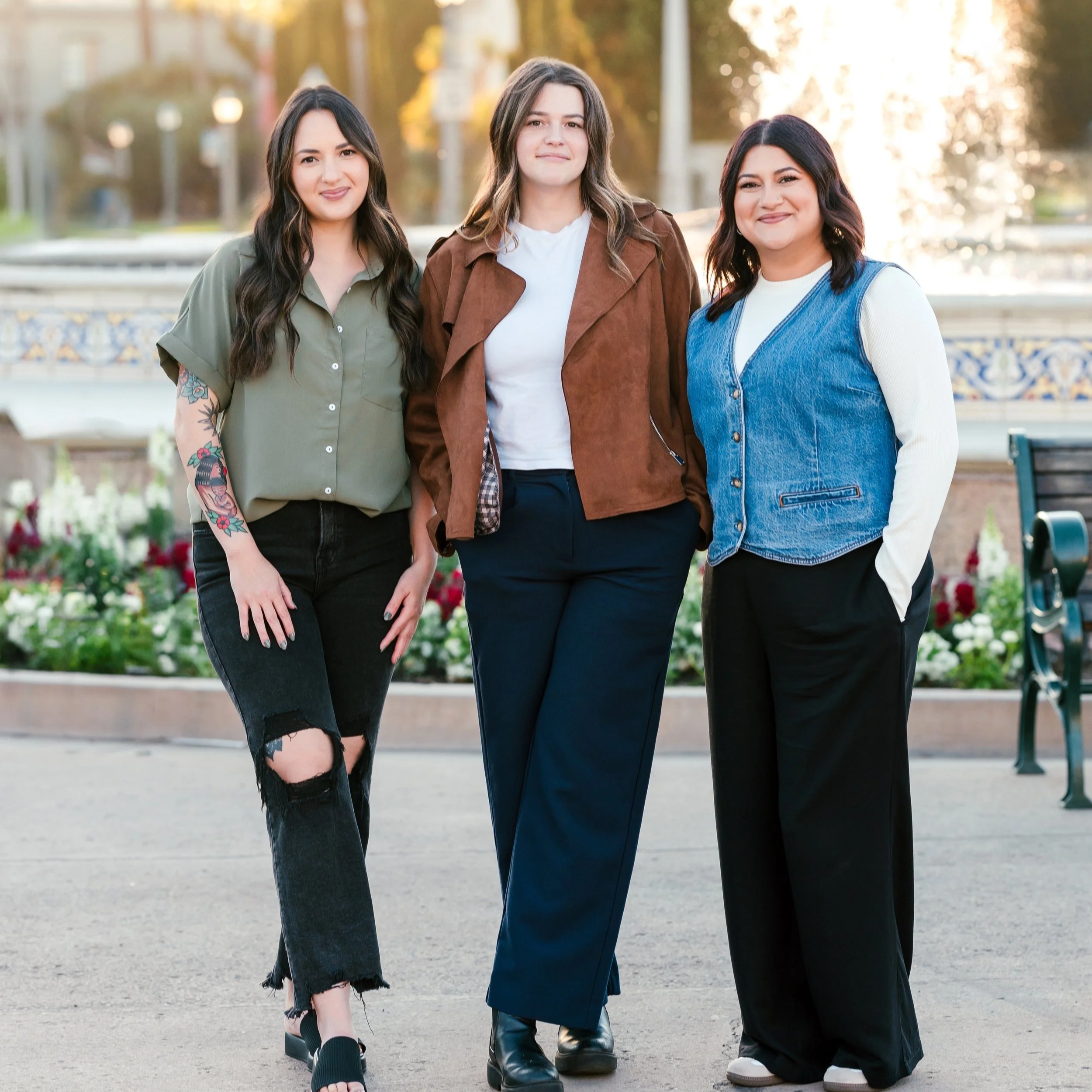What Does Ketamine Therapy Feel Like?
Written by Ketamine & Eating Disorder Therapist, Allyson Ford, LPCC
As a licensed therapist who has been utilizing Ketamine Therapy with clients since 2021, one of the most common questions I get is: “But what does it FEEL like?” It’s understandable to want to know what you’re getting into when you sign up for Ketamine Therapy. Letting go of control and surrendering to a psychoactive substance can be exciting, thrilling, nerve wracking and down-right scary– depending on the person and your experience with psychoactive substances so far. If you haven’t read our service page on how Ketamine works in the brain, I highly suggest reading that one first to learn about the science behind ketamine. But if you’ve already read that and have a good grasp on how it affects the brain and improves mental health, keep reading.
Most people find the effects of Ketamine pleasant. They often describe feeling floaty, detached from their body in a pleasurable way. Others have more mild experiences, but I would say about 90% of the clients I work with feel significant effects. Side note: the therapeutic benefits of Ketamine are not dependent on the intensity of the psychedelic effect. This is a common misconception. However, people do report having insights during the psychedelic portion of the therapy that we can then use to further their healing. The effects of ketamine through oral lozenge tend to last for approximately 45 minutes. These effects can make you feel “far from” your body, and facilitate shifts in perception that can often feel expansive in nature. Your motor and verbal abilities will be reduced, so you’ll be lying down in a comfortable position during the
experience.
Here are some examples of how my patients have described what Ketamine feels like:
“I felt floaty, spacey, woozy, warm, like a happy sea sponge.”
“I could hear the waves and feel the sand…everything felt more pronounced.”
“I felt sedated but conscious enough to talk about what I was feeling, there was also a pain relief effect.”
“It felt easy to exist in my body for once, I felt immense gratitude in a way I hadn’t felt before.”
“I was transported in time, when I really let go, I went back to (in my mind) an old part of me that needed to be seen.”
Of course these effects are deeply individual and it’s impossible to say for sure how you’ll experience it. Embracing the uncertainty is part of the process of Ketamine Therapy, and can provide rich insights into how the need for control – and learning to let go of it– can aid in your mental health healing, particularly when it comes to eating disorders or OCD.
Once the effects subside, we’ll spend the remainder of our appointment (and subsequent integration sessions) giving you space to process and discuss your experience. While it may feel hard to articulate what happens during the experience, patients feel like the insights gained are clear. We will then plan integration sessions to explore how to use these shifts in your daily life.
If you want to learn more about how Ketamine Therapy can help you and if you qualify for this treatment, please reach out to schedule a free 15 minute phone call with us so we can discuss your unique circumstances and goals for therapy!
At Eating Disorder OCD Therapy, we offer compassionate, relational, and evidence based care, rooted in the belief that healing is not one-size-fits-all. Honoring client autonomy, collaboration, and anti-oppressive, neurodivergent-affirming practices, we walk alongside you as the expert in your own life. We provide therapy for Eating Disorders, OCD, Body Image, Trauma, Perinatal Mental Health, and offer Ketamine Assisted Psychotherapy (KAP), Group Therapy (globally), Recovery Coaching (globally), and Clinical Consultation and Supervision for clinicians.
We are currently accepting new clients for in-person therapy in San Diego and virtual services in California, Washington, Utah, and Florida.



